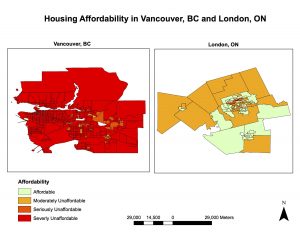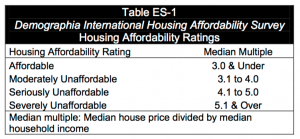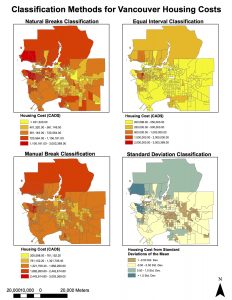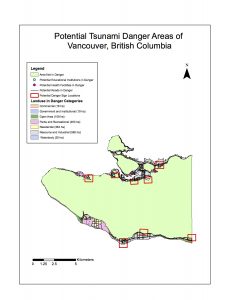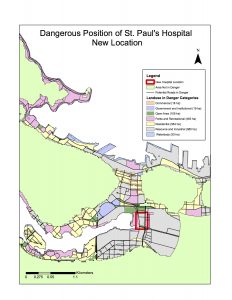My group project looked at food accessibility and availability in the Downtown Eastside, Vancouver, BC. Our goal was to analyze and reveal the types of food services that are not available in the DTES, leaving its inhabitants without access to healthy and affordable food.
Our team was organized by having a couple meetings per week before class and dividing up tasks when individuals had time to go into the lab, or work in pairs. We all worked off of one team member’s computer drive and kept an updated Google Doc of our progress, questions and links to data. We also created a Facebook message group to keep each other up to date throughout our progress. We divided up the written report work between the four of us.
I learned some interesting things through this project. I learned how to input addresses into an excel sheet and obtain X, Y values from Geocoder to be able to create a layer of points on a map. This was done for most of our data, as we had to find convenience stores, grocery stores, etc. on our own through Yellow Pages as the City of Vancouver did not have an existing database. I also learned how it can be difficult to organize to work on one map with four other people. Often we had to be creative and quite forward thinking in order to find jobs for other individuals in our group who weren’t directly working on the map during our lab meetings.
Some issues that we ran into with publicly available data was that for the stores, often their addresses were in the available excel spreadsheet, however the X,Y values were not. This forced us to spend quite a lot of time to figure out how to input the address into our map, which led us to find Geocoder. However, Geocoder only works with addresses in Canada and the USA, so that is an important barrier if one wishes to work with data outside these countries.
Check out our final project on the link below:

